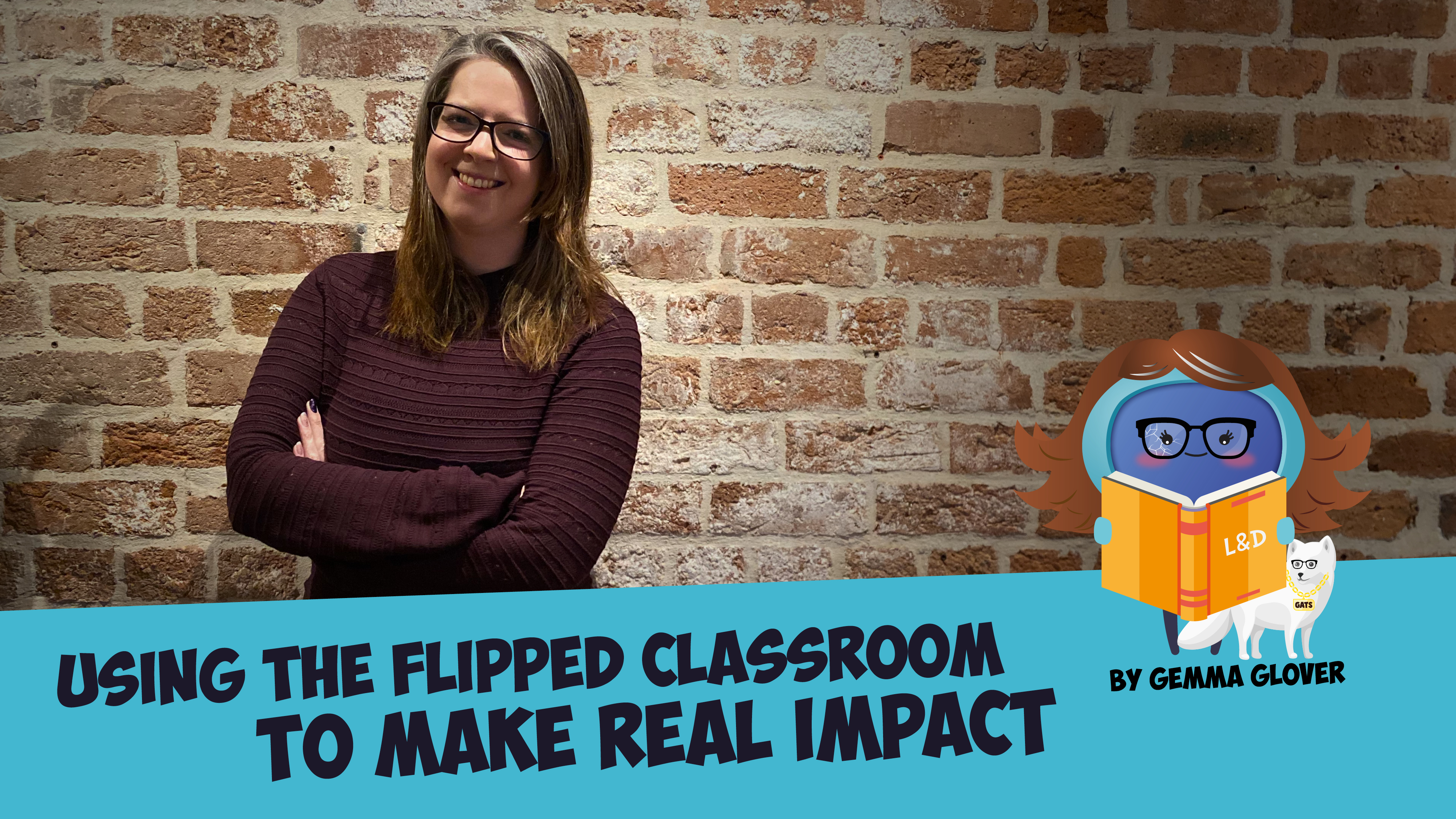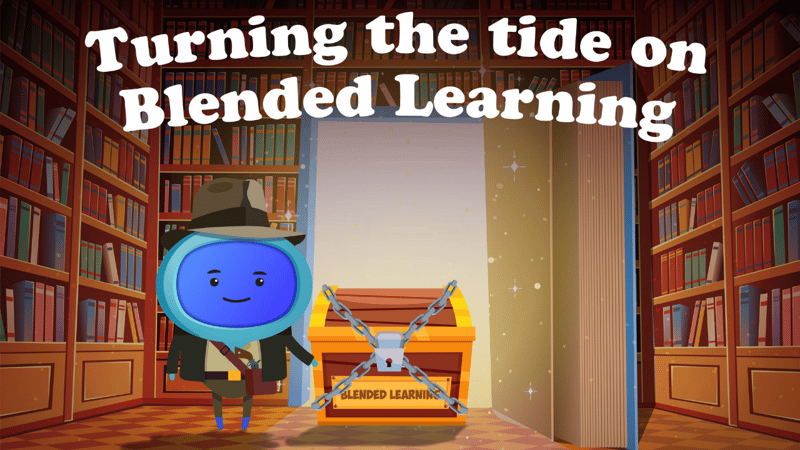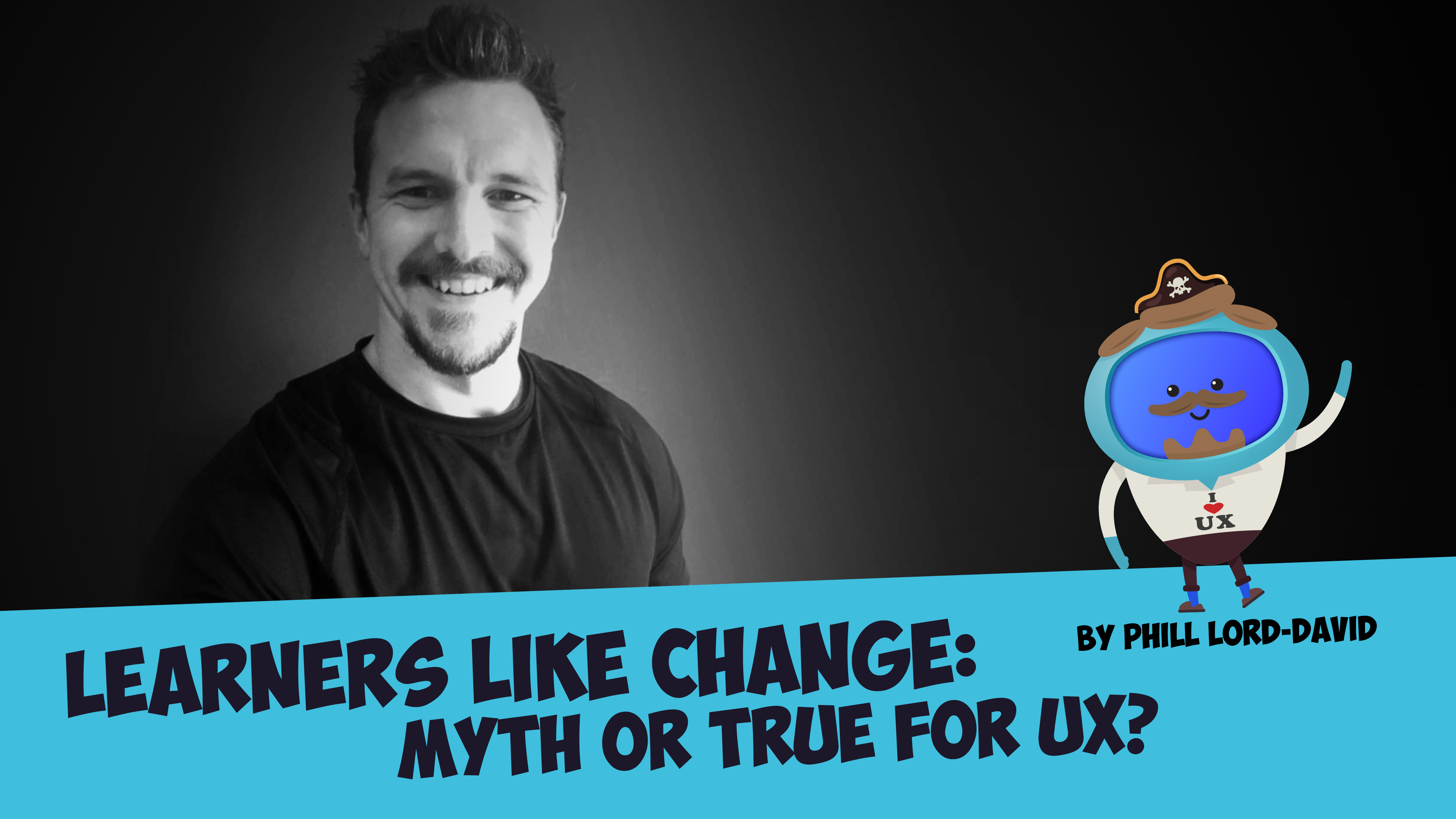The term ‘Flipped classroom’ paints a picture of anything that gives the middle finger to formal learning. You might envision a rebellious cohort of learners passionately sharing password security tips, standing on desks (yes, Dead Poets Society all the way). Or imagine a shoeless, cross-legged group of new managers discussing unconscious bias in a meadow. Laughing in the face of convention. Fearless. Free.
In reality, it’s not quite that defiant (although there’s nothing stopping you trying any of the above).
The flipped classroom figuratively knocks down the walls of a traditional classroom - where learning starts when you enter the room and stops when you leave it. Flipping your classroom encourages you to think about how to get the best possible value from the gathered group
The key to achieving this and really benefiting the group is through setting ‘pre-work’.
It’s asking, what could happen beforehand to prime an effective classroom session?
You might be thinking, planning ahead of the classroom just sounds like more effort, surely it’s simpler to deliver everything together?
And you might be right. But part of designing every learning programme is to take a step back and consider the best vehicle for the job at hand. And when it’s a fit-for-purpose, learner-centric, efficient workshop which manages to be more in-depth but requires less time away from work, a flipped classroom is a real winner.
How a flipped classroom approach can elevate learning and development
1. Empowering learners to sculpt your training session
Instead of assuming what learners don’t know and pre-empting their questions, why not find out in advance, and use this information to tailor-build the classroom time? L&D practitioners are shifting from trainers to facilitators, from push to pull. We’re making the time to understand what our learners already know and understand, so we can guide knowledge sharing and help to fill the gaps.
We’ve all been in off-pitch training before; the material is too simplistic or high-level for our needs or not delivered in a way that resonates. So why not create a forum, perhaps via your LMS, Teams or just an anonymous survey, which allows you to get to know your audience. You could run polls, stimulate discussion, ask individuals to share resources and perspectives and create a classroom session which stems from your learners.
If you’re able to create an interactive group, this might still be valuable post-training as peer-to-peer support - a place to practice applying new skills, discuss ideas and ask for help.
2. Benchmarking and evaluation of your learning solutions
Bums on seats don’t equate to successful learning transfer. So how do you work out if you’ve achieved what you set out to? If individuals have absorbed the knowledge, attained the skills or achieved behavioural change?
Part of it is knowing the starting point - the status quo before training. Informal forums (as discussed above) can help with this, but better yet are quizzes. These will give you valuable data because they’re focused on the learning outcomes. Quizzes can be taken before the classroom, at the start of the session, or throughout via clicker questions to gain real-time information. You can then repeat these at the end and beyond, as relevant.
You’ll get an initial gauge of the impact and, more importantly, keep an eye on long-term retention. Checking in at appropriate intervals can also highlight weaker areas of the programme, when refreshers are needed, and perhaps where individuals aren’t getting the opportunity to practice and reinforce.
3. The asynchronous classroom
Introducing learners to the topic and delivering information - is this really the best use of group time? A more effective method is to pre-record the ‘lecture’ aspect for individuals to watch beforehand, as suits them. Everyone is then free to revisit the video or audio as much as they need, research around the topic and develop their thoughts and questions in advance.
This reduces cognitive load and frees up classroom time for active learning like collaboration, problem solving, getting stuck into key concepts and digging deeper into topics. It paves the way for creative, dynamic learning, where learners can jump straight into discussions and critical thinking.
This doesn’t have to just take the form of an internally created and recorded video, it might be relevant and valuable to assign podcasts, eLearning (especially bite-sized which provides a foundation for the topic), TedTalks, online journals, articles or interactive activities and free courses.
Pre-work is especially valuable for role specific training or instances where practice is vital. For a first aid course (for example), learners could be introduced to the subject and underlying principles/concepts beforehand at their own pace, so that time with the trainer focuses on practicalities, techniques and real-life simulation.
4. Explore, pair and share - using group work in learning
Pre-work has numerous benefits; learners can acquire foundation knowledge in the way that works best for them. But it can also be great for creating opportunities for individuals to work together.
Duos or small teams can be asked to research and present on a specific area of the learning, sharing the benefit of their knowledge with the larger group. This is facilitation at it’s best - enabling learners to seek out information for themselves, then learn from one another.
Groups can even host Q&A’s and discussions, supported by the trainer, who’s on hand to prompt and help as needed. Individuals are then engaging with the subject on a deeper level and developing other skills in the process. You could collate the key points and findings which arise into a PDF, for learners to reflect on and refresh with, at a later date.
Watch out for those pesky pitfalls of a flipped classroom
If you’ve decided that aspects of the flipped classroom will be invaluable to your intervention, then it’s necessary to consider the barriers alongside. The biggest and baddest of the bunch might have already occurred to you - time.
If learners don’t have the time to complete the pre-work, this could render the (potentially advanced) classroom session pointless. The time required needs to be realistic, protected, and explicit. Think about it from the learner’s perspective too - can they connect to the value and relevance of doing it? Are they motivated and is it easy? Perhaps feasible pre-work takes the form of a seven minute TedTalk - it introduces basic principles, sets the scene and generates engagement. Better still - it’s likely that given enough warning, everyone can watch it. It doesn’t have to be extensive, just meaningful.
Closely connected to this is support. Is there a culture of learning which celebrates the importance of development time? Do managers lead by example, completing their own pre-work and making time for learning? It’s useful to perform a regular health check of your organisation’s culture, because what sits around the training, the processes, people, attitudes and behaviours, can have a huge impact on how successful it is. Or in the wise words of Druker, ‘Culture eats strategy for breakfast’.
Access is also one thing to think about - if the pre-work is only through the company LMS, or requires a laptop, but the individual wants to do it at home and/or doesn’t have the tech, it might be challenging for them to get involved even if they want to. Anticipate the stumbling blocks, the logistics, and kill the friction.
Flipped classrooms and blended learning
The flipped classroom doesn’t lend itself to every situation, but thinking about what you want to achieve in a classroom session is always valuable - especially with the added pressures of budget and time constraints. Employing some of these ideas can be cost and time effective, but primarily, they can get you closer to your learners, their needs and the programme goals, if applied in the right way.
A flipped classroom works well when adopting a blended learning strategy as it not only helps you utilise different tactics for your training, it also puts your learners at the centre of the learning experience. To help you implement your own blended learning strategy, check out our free eBook ‘Turning the tide on blended learning’.
If you’d like to chat through how you can use high-quality, engaging eLearning as part of your flipped classroom approach, reach out to Gemma who will be happy to help.
Download our free Blended Learning eBook






